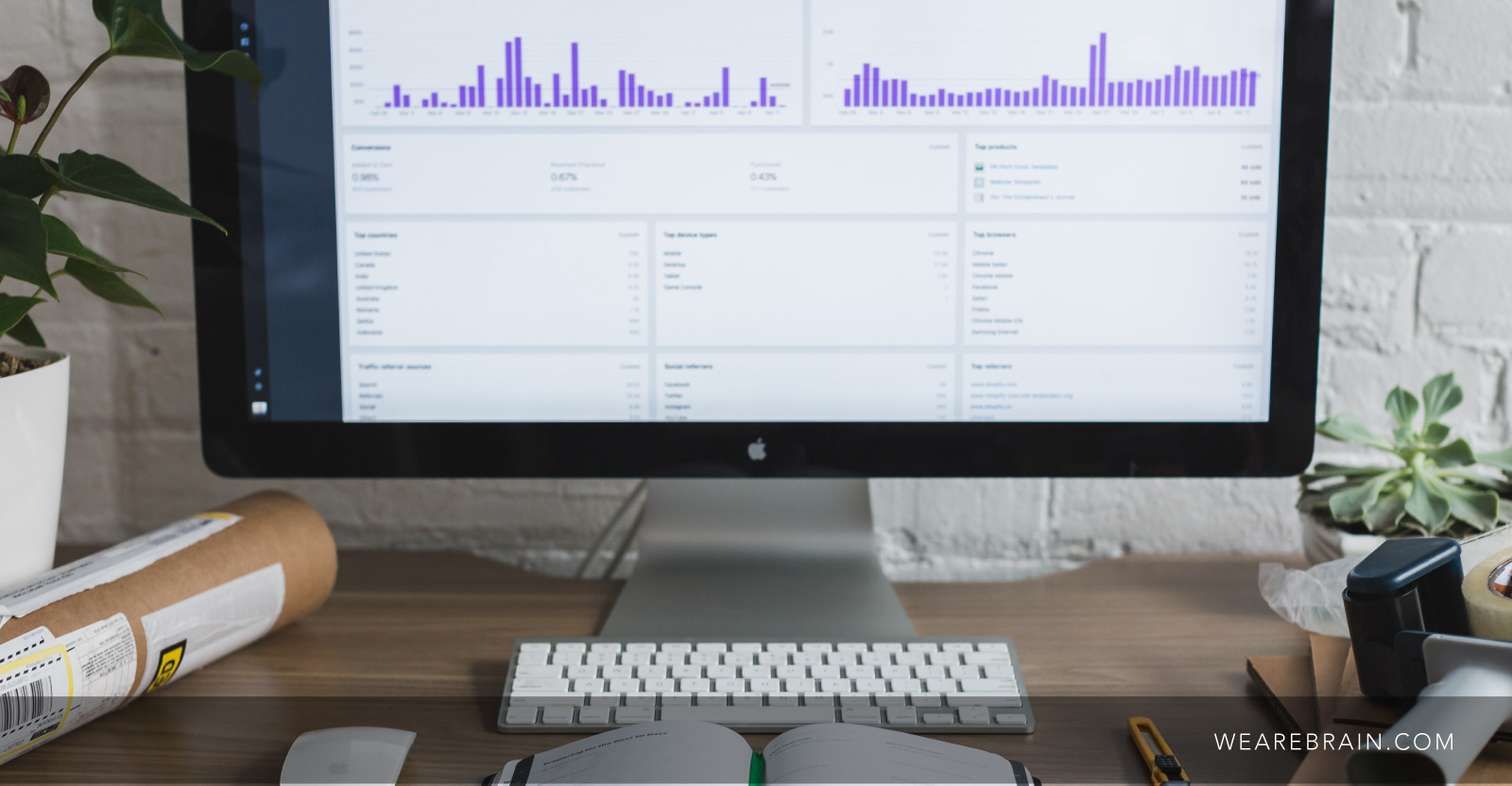Data and RPA: how robotics is changing analytics

Looking for a conclusive guide to artificial intelligence, automation and their applications? WeAreBrain’s new book, Working Machines – An Executive’s Guide to AI and Intelligent Automation, takes a comprehensive look at this incredible technology in an easy-to-understand non-techie way. Purchase it from Amazon, Google Books, Apple Books or Audible
Robotic Process Automation (RPA) is already being applied to data by companies across the globe. While RPA can be used to digitise repetitive processes, it can also be used to sift through large amounts of data in order to identify relevant information for human controllers.
Creating ‘good data’ or ‘clean data’ i.e. structured and clearly organised data, is also something RPA excels at. Digitising data collection removes many of the human complacencies that contribute to ‘bad’ data. In addition, RPA is constrained by a set of pre-defined rules, which can be an advantage strength in this field.
How good data is defined
Clean data is built around 5 simple principles and RPA is perfectly suited to return data based on these principles:
- Accuracy: The data must be correct and precise. RPA is rule and process driven which means that by its very nature, it is programmed to be precise and as such likely to return the correct results.
- Consistency: We’ve mentioned how RPA is rule-driven so once those rules have been created you can be assured of consistency. Practically speaking, this would mean that your data would be captured in the same format time and again. The same units would be used, etc. eg. all names listed as Last Name, First Name (Smith, Will).
- Validity: All fields are entered correctly and within acceptable ranges.
- Timely: The data is up-to-date and available for immediate use. Robots don’t take a break and there is no downtime, so they have the capacity to consistently keep your data up-to-date.
- Accessibility: If rules set for your RPA colleague are well-thought-out, then you will be ensured of data that is easy to understand and accessible to everyone within the business. This is particularly important when you’re having teams investigate the business’ analytics performance.
Benefits of good quality data
While the benefits of quality data are basically explained in the definitions above, there are many more benefits. These include:
- The ability to produce accurate reports from your data
- Spending less time fixing, organizing, and putting together the data
- The ability to use your data to forecast future user behaviour
- Insight into what isn’t working for your business and your customers
The reality is that poor quality data is frequently the result of human error. Inadequate training and/or poor process adherence by users can damage your data chain. Add to that the creation of multiple systems with potentially overlapping data, because humans like to do things ‘their own way’ and you’ve got the breeding ground for bad data. With a good RPA solution, none of these elements will affect the collection and by extension, the application of your data will have a great yield.
According to McKinsey, ‘the amount of data in our world has [recently] been exploding, and analyzing large data sets — so-called big data — will become a key basis of competition, underpinning new waves of productivity growth, innovation, and consumer surplus… Leaders in every sector will have to grapple with the implications of big data, not just a few data-oriented managers’.
In other words, much like RPA, Big Data is a technological trend that’s becoming significantly transformative across every industry, and in our increasingly digital world, the amount of captured data is expected to grow exponentially in the coming years.
Setting parameters
As we’ve mentioned previously the robot workforce uses a set of human-determined parameters to sift through tonnes of data. Setting these parameters correctly is a vital step in the creation of an effective RPA solution, and a defining step on your way to amazing data analytics.
Automation Anywhere, a leading automation provider, has delivered an interesting ‘action framework’ which commands RPA to sort data using a variety of parameters. Here are three ways data could be distinguished:
- Good to know: All numbers are “green” and within their thresholds
(No action required) - Data seems interesting: The number seems better than expected and intrigues me to
drill down further (Invites a drill-down or ad-hoc analysis action) - Data to act upon it: Numbers are “red” and outside of their thresholds (Action needed immediately)
RPA excels in two main areas when applied to data: cutting down big data to make it useful for human controllers and cleaning up existing data to aid in identifying processes that need to be streamlined.
In an example outlined by the Alsbridge Report the following was found; “When first deployed in a claims processing operation, 70% of incoming claims might be automated, with the rest being tagged as exceptions and routed to human reviewers who are trained to adjudicate the exceptions based on the insurer’s criteria.”
This is an excellent example of the robot worker analysing data and then passing along anomalies to human controllers. In a customer-facing chatbot role, RPA can lighten the load of human staff members, allowing them to act on more complex and higher-value tasks.
To sum up…
The advantage that an RPA solution has when collating isolated and dysfunctional data, is that it follows several set rules when doing so. This means that what is collected will be more structured and uniform, and therefore, more useful to those wishing to use it.
As Paul Donaldson, of ISG and RPA pioneer, points out, ‘performance data from RPA solutions can be applied to ensure enterprise-wide integration, balancing of workloads across the enterprise and agile responses to peaks and valleys in demand for resources.’
With that in mind, it seems now is the perfect time to invest in your own RPA solution.
Dmitry Ermakov
Working Machines
An executive’s guide to AI and Intelligent Automation. Working Machines takes a look at how the renewed vigour for the development of Artificial Intelligence and Intelligent Automation technology has begun to change how businesses operate.







